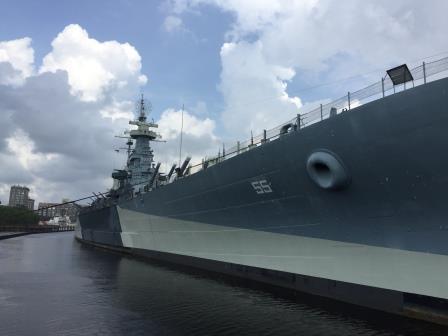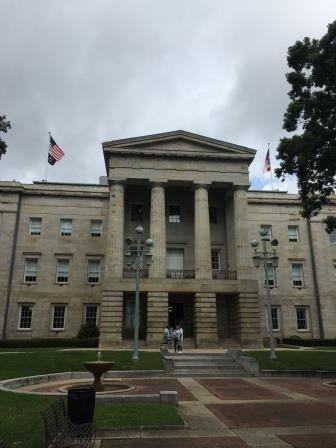I’ve posted several blogs in this space discussing the history of Thanksgiving Day, a distinctly American holiday with deep roots in our colorful past. As we get ready to celebrate another day of feasting and football in a few days, I wanted to draw attention to early Thanksgiving Proclamations which are often referenced when discussing the timeline of the holiday in American culture. There of course are many such proclamations, and every year since 1862, our presidents have issued Thanksgiving Day Proclamations as a matter of tradition. There were others prior to Abraham Lincoln’s famous and oft-cited mid-Civil War issuance, including proclamations by George Washington, John Adams, and James Madison.
The very first proclamation of a Day of Thanksgiving by our federal government, however, was issued by the Continental Congress in 1777 during the Revolutionary War. The year had been a remarkable one for the American cause, with the momentum of the war turning in the patriot’s favor on several fronts after a series of setbacks which included battlefield losses and the ignominious flight of the American government from Philadelphia in the face of a British threat. A stunning, complete victory over British forces at Saratoga, ending a major British offensive and auguring long-awaited French intervention in the war, had rejuvenated the Colonials. Victory now seemed not only possible but probable.
While meeting at its temporary location in York, Pennsylvania and working assiduously to hammer out America’s first government structure under the Articles of Confederation, Continental Congress president Henry Laurens on November 1, 1777 issued a proclamation for a Day of Thanksgiving on December 18th. I believe that when one contemplates the context of that act and has an awareness of the long history of the Thanksgiving holiday in early America, it can be understood as an important document indeed.

British surrender at Saratoga

Historic marker in York commemorating the first Thanksgiving proclamation

Depiction of the legislature’s meeting place in York, PA

A copy of Lauren’s proclamation
The text of the proclamation is below:
Thanksgiving Proclamation 1777 By the Continental Congress The First National Thanksgiving Proclamation
IN CONGRESS November 1, 1777 FORASMUCH as it is the indispensable Duty of all Men to adore the superintending Providence of Almighty God; to acknowledge with Gratitude their Obligation to him for Benefits received, and to implore such farther Blessings as they stand in Need of: And it having pleased him in his abundant Mercy, not only to continue to us the innumerable Bounties of his common Providence; but also to smile upon us in the Prosecution of a just and necessary War, for the Defense and Establishment of our unalienable Rights and Liberties; particularly in that he hath been pleased, in so great a Measure, to prosper the Means used for the Support of our Troops, and to crown our Arms with most signal success: It is therefore recommended to the legislative or executive Powers of these UNITED STATES to set apart THURSDAY, the eighteenth Day of December next, for SOLEMN THANKSGIVING and PRAISE: That at one Time and with one Voice, the good People may express the grateful Feelings of their Hearts, and consecrate themselves to the Service of their Divine Benefactor; and that, together with their sincere Acknowledgments and Offerings, they may join the penitent Confession of their manifold Sins, whereby they had forfeited every Favor; and their humble and earnest Supplication that it may please GOD through the Merits of JESUS CHRIST, mercifully to forgive and blot them out of Remembrance; That it may please him graciously to afford his Blessing on the Governments of these States respectively, and prosper the public Council of the whole: To inspire our Commanders, both by Land and Sea, and all under them, with that Wisdom and Fortitude which may render them fit Instruments, under the Providence of Almighty GOD, to secure for these United States, the greatest of all human Blessings, INDEPENDENCE and PEACE: That it may please him, to prosper the Trade and Manufactures of the People, and the Labor of the Husbandman, that our Land may yield its Increase: To take Schools and Seminaries of Education, so necessary for cultivating the Principles of true Liberty, Virtue and Piety, under his nurturing Hand; and to prosper the Means of Religion, for the promotion and enlargement of that Kingdom, which consisteth “in Righteousness, Peace and Joy in the Holy Ghost.” And it is further recommended, That servile Labor, and such Recreation, as, though at other Times innocent, may be unbecoming the Purpose of this Appointment, be omitted on so solemn an Occasion.
JMB




















